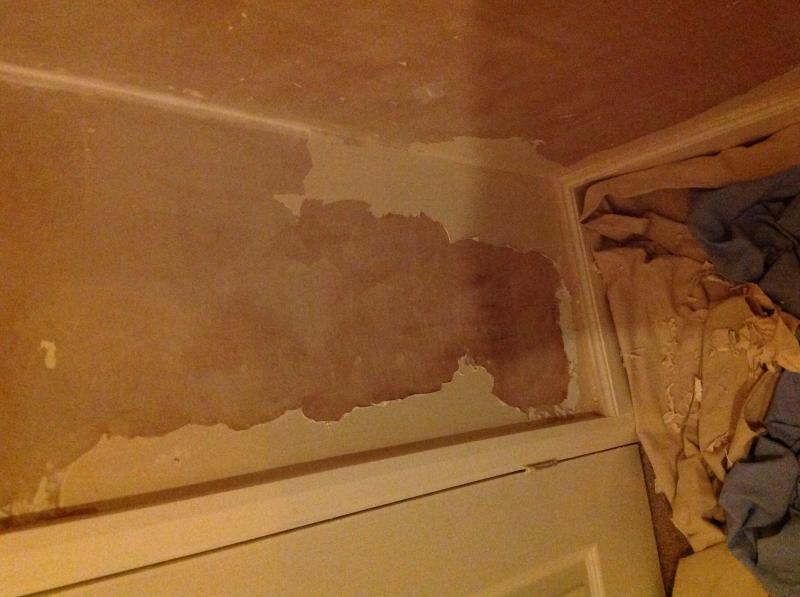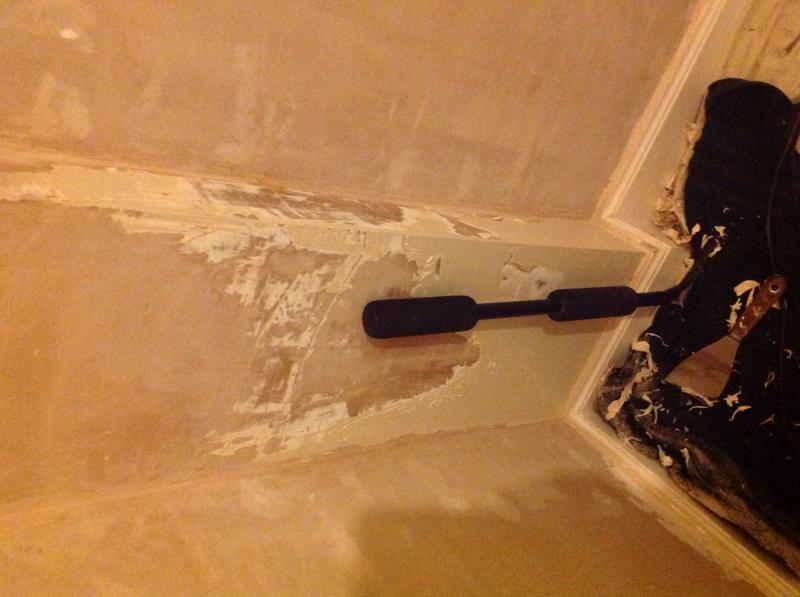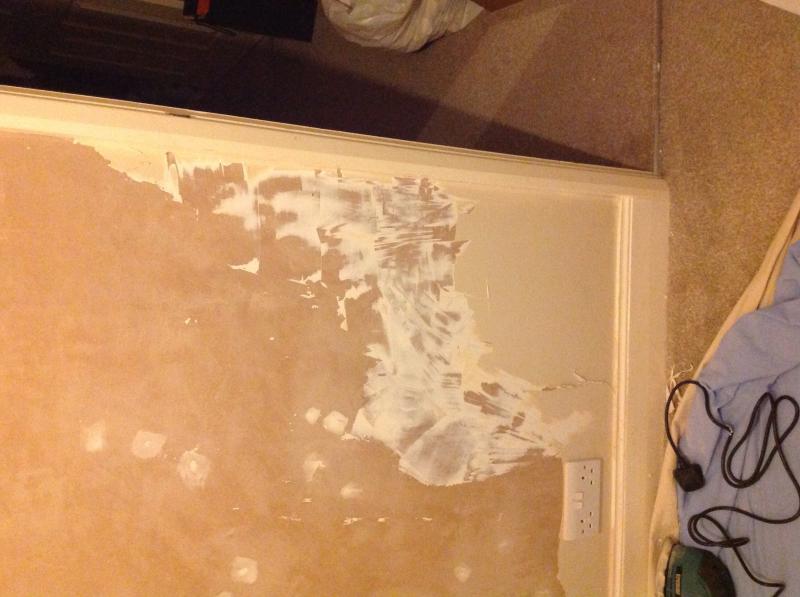Hi all,
I am at my wits end with our "about to be born" sons bedroom. The walls had a really thick paint on them that when we removed any screws or hooks just peeled away. As a result we just started peeling it off but then encountered patches that just would not come off.
We purchased some paint remover and applied this as directed but this has just made the paint all squishy which is now even more difficult to get off.
The paint is so thick that I can't just paint over it as where we have gone down to plasterboard, there will be an obvious line where the paint starts.
I have scraped and sanded as much as possible without going insane and I can't see how I can prep the walls ready for painting. Am I best off to just get the walls re skimmed? Is this even possible given the residue paint?
Please help as I only have a few weeks until the poor kid is due and my wife is going nuts!!
I am at my wits end with our "about to be born" sons bedroom. The walls had a really thick paint on them that when we removed any screws or hooks just peeled away. As a result we just started peeling it off but then encountered patches that just would not come off.
We purchased some paint remover and applied this as directed but this has just made the paint all squishy which is now even more difficult to get off.
The paint is so thick that I can't just paint over it as where we have gone down to plasterboard, there will be an obvious line where the paint starts.
I have scraped and sanded as much as possible without going insane and I can't see how I can prep the walls ready for painting. Am I best off to just get the walls re skimmed? Is this even possible given the residue paint?
Please help as I only have a few weeks until the poor kid is due and my wife is going nuts!!




